7 Religious Places One Must Visit In North India
By: Priyanka Maheshwari Thu, 05 Jan 2023 6:34:59
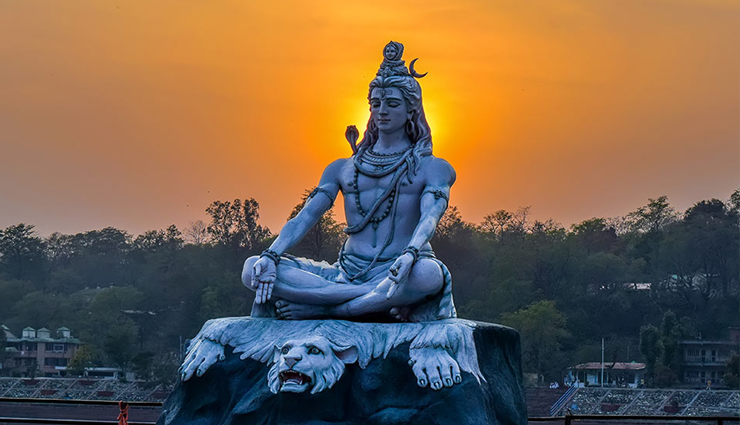
India is a land of many religions and spiritual thoughts. There are thousands of spiritually significant places and temples in this country, and sometimes it’s hard to choose which ones to see. When you visit North India, there are some pilgrimage sites that are very important and beautiful, and should not be missed! Check out our list of the 7 best spiritual places to see in North India.
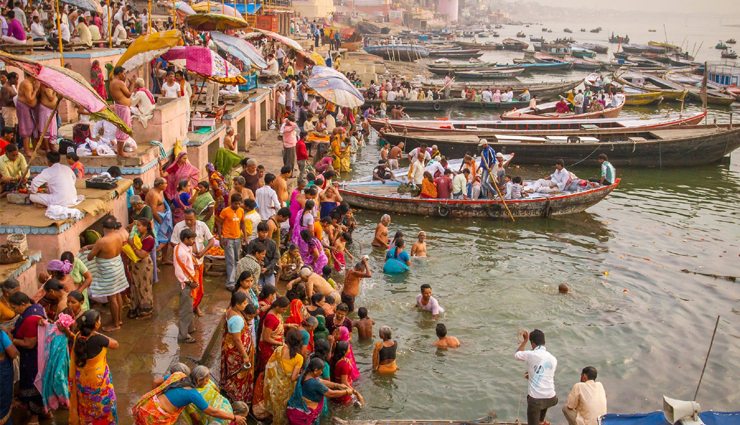
# Varanasi, Uttar Pradesh
India’s centre of spiritual energy, Varanasi is located on the banks of River Ganges in Uttar Pradesh. Varanasi, also called Banaras or Kashi, is renowned for its musical and educational heritage, exceptional silks, and colourful Ghats. The city is one of the oldest permanent inhabited places on earth. Varanasi has a unique standing in India’s Hindu cultural identity.
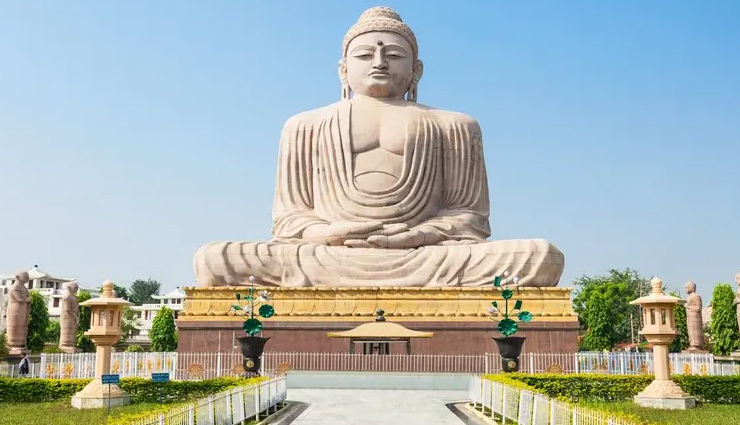
# Bodh Gaya, Bihar
One of Buddhism’s most important pilgrimage sites, Bodh Gaya in Bihar is where Siddhartha Gautama attained enlightenment and became Buddha. During his travels to understand life, Buddha came to the Gaya district of Bihar. Here he sat under a large fig tree and upon meditation, achieved enlightenment. This is where he discovered the Noble eight-fold path, also known as the Middle Path or Middle Way, which demonstrates a balanced life. The tree became famous as the Bodhi Tree.
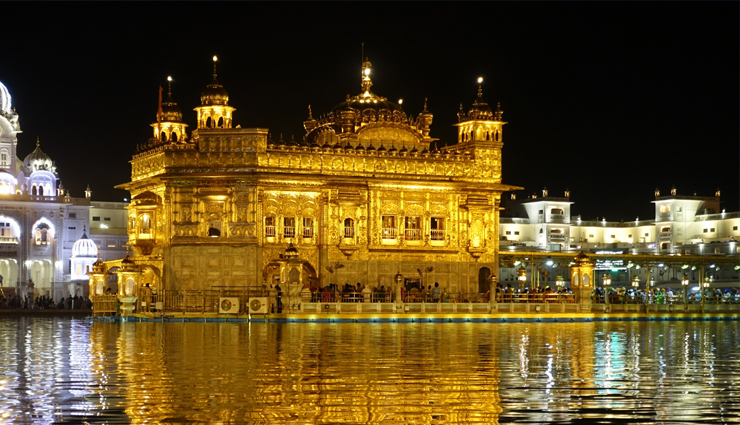
# Amritsar Golden Temple, Punjab
The Golden Temple and the surrounding complex in Amritsar, Punjab, is the most sacred Sikh Gurudwara in not just India, but the whole world. The official name of the temple is Harmandir Sahib, also known as Darbar Sahib. It was founded by the fifth Sikh guru, Guru Arjan and completed in 1604. The atmosphere at the gurudwara is one of intense spirituality and peace.
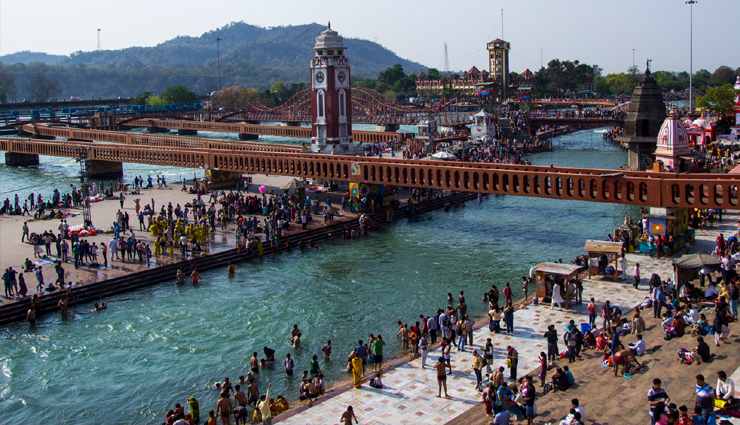
# Haridwar, Uttarakhand
Haridwar is one of the holiest and busiest pilgrimage sites of India. This city in Uttarakhand is the gateway through which the holy river Ganges emerges from the Himalayan Mountains and flows into the Northern Plains.
Considered as one of the Sapta Puris (seven holy places), Haridwar is visited by thousands of pilgrims every year. It is a place where one can attain moksha (liberation) from the cycle of life, by washing away their sins in the holy river Ganges. Despite the chaotic crowds, the city is a peaceful place to visit.
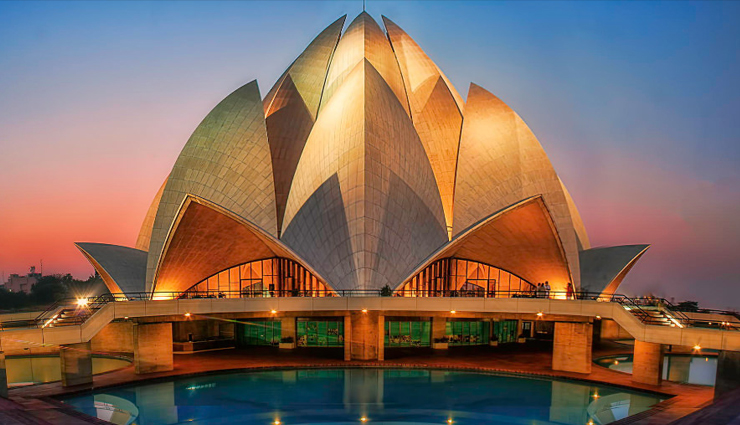
# Lotus Temple, New Delhi
The Bahá’í House of Worship in Delhi (1986) is a unique structure that draws many visitors. Popularly known as the Lotus Temple for its flower-like shape, it functions as the Bahá’í Mother Temple of the whole Indian subcontinent. The house is open to all people regardless of their backgrounds and faiths.
The structure of the Lotus Temple has 27 free-standing petals arranged in groups of three. It also has nine pools around it, depicting a lotus on a lake. Other than the spectacular architecture, the temple is notable for its peace and quiet, especially in a city like Delhi.
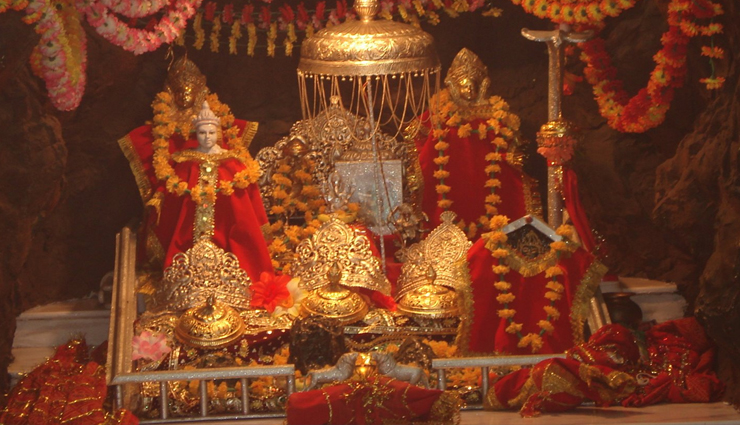
# Vaishno Devi Temple, Jammu & Kashmir
Located in the three-peaked Trikuta Mountain in Jammu and Kashmir, the Vaishno Devi Temple is the second most visited temple in the country after Tirupati Balaji Mandir. The shrine of the Mother Goddess is reached after a 13 km trek from the town of Katra.
The arduous journey can be taken through horses, human palanquins, or helicopters. Walking to the bhawan takes around 90 minutes. Crores of people visit the temple of the Goddess, who is believed to fulfill all wishes. Even for non-religious people, the panoramic beauty of the place is a good enough reason to visit.
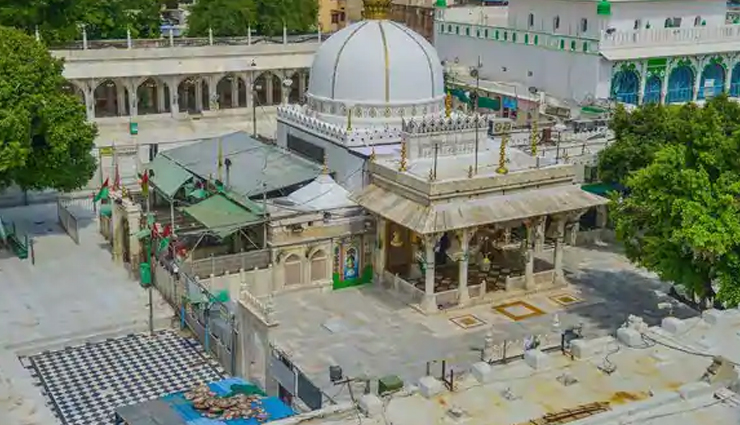
# Ajmer Sharif Dargah, Rajasthan
Ajmer Sharif Dargah or Dargah Sharif is a Sufi shrine of Moinuddin Chisti, an Islamic Imam and philosopher. The shrine contains the saint’s grave and is one of the important Muslim pilgrimage sites. The dargah receives the most visitors on 6th and 7th of the seventh Islamic month, Rajab, on the death anniversary of the saint.
The complex is famous for its three elaborate gates built by three rulers. The Nizam Gate was built by Mir Osman Ali Khan, Hyderabad’s last Nizam; Shahjahani Gate by Mughal Emperor Shah Jahan; and Buland Darwaza by Sultan Mahmood Khilji.





